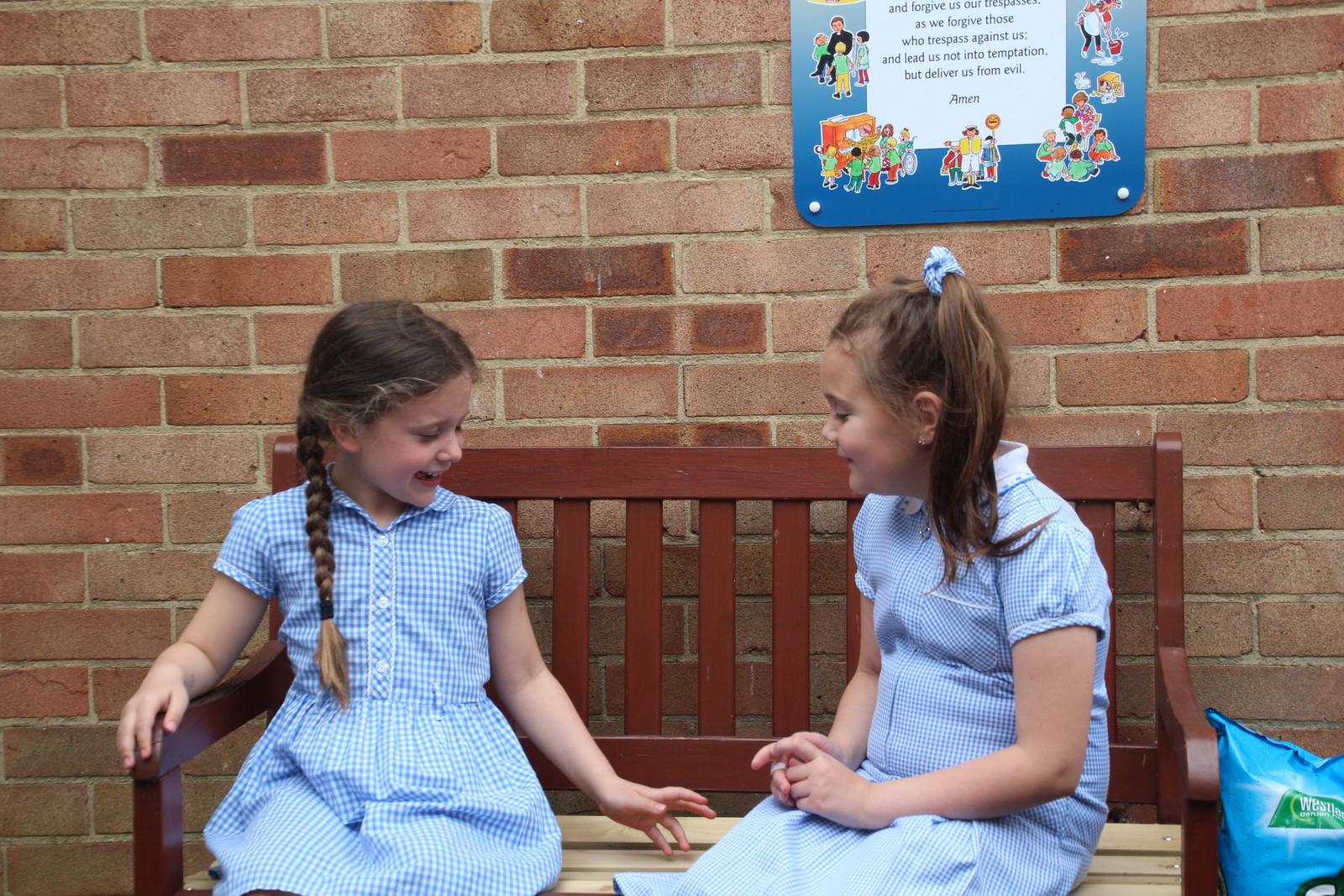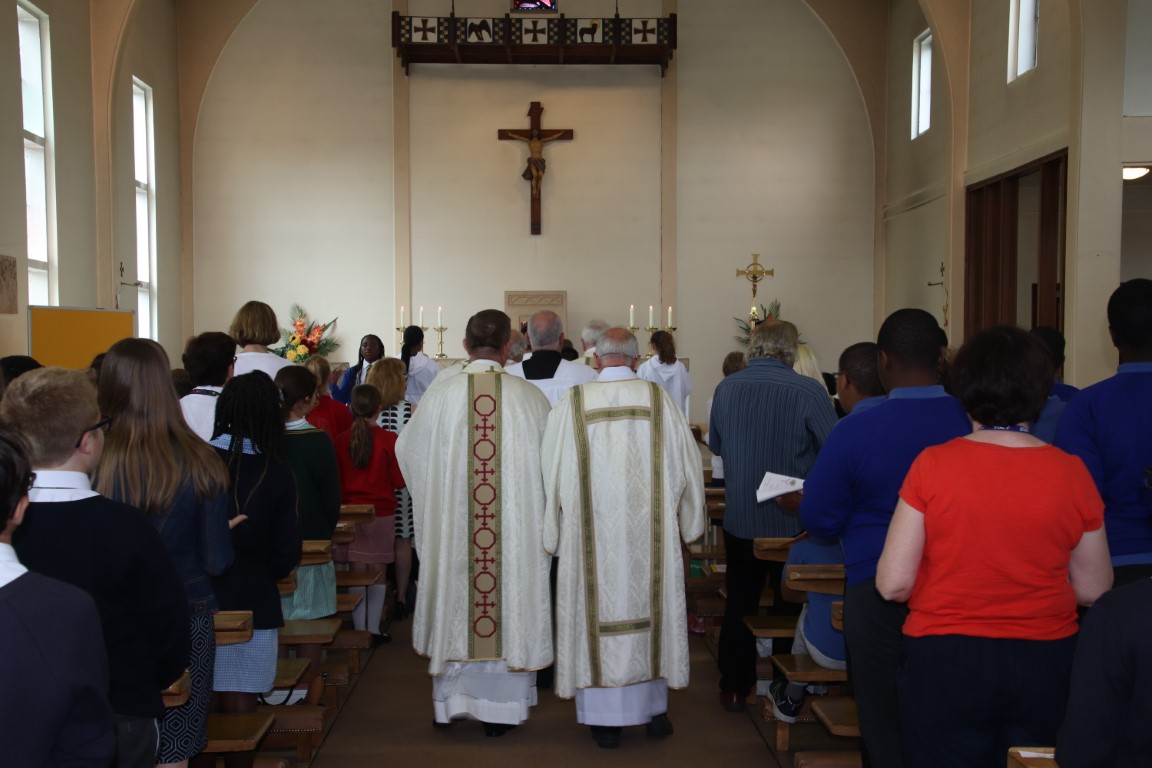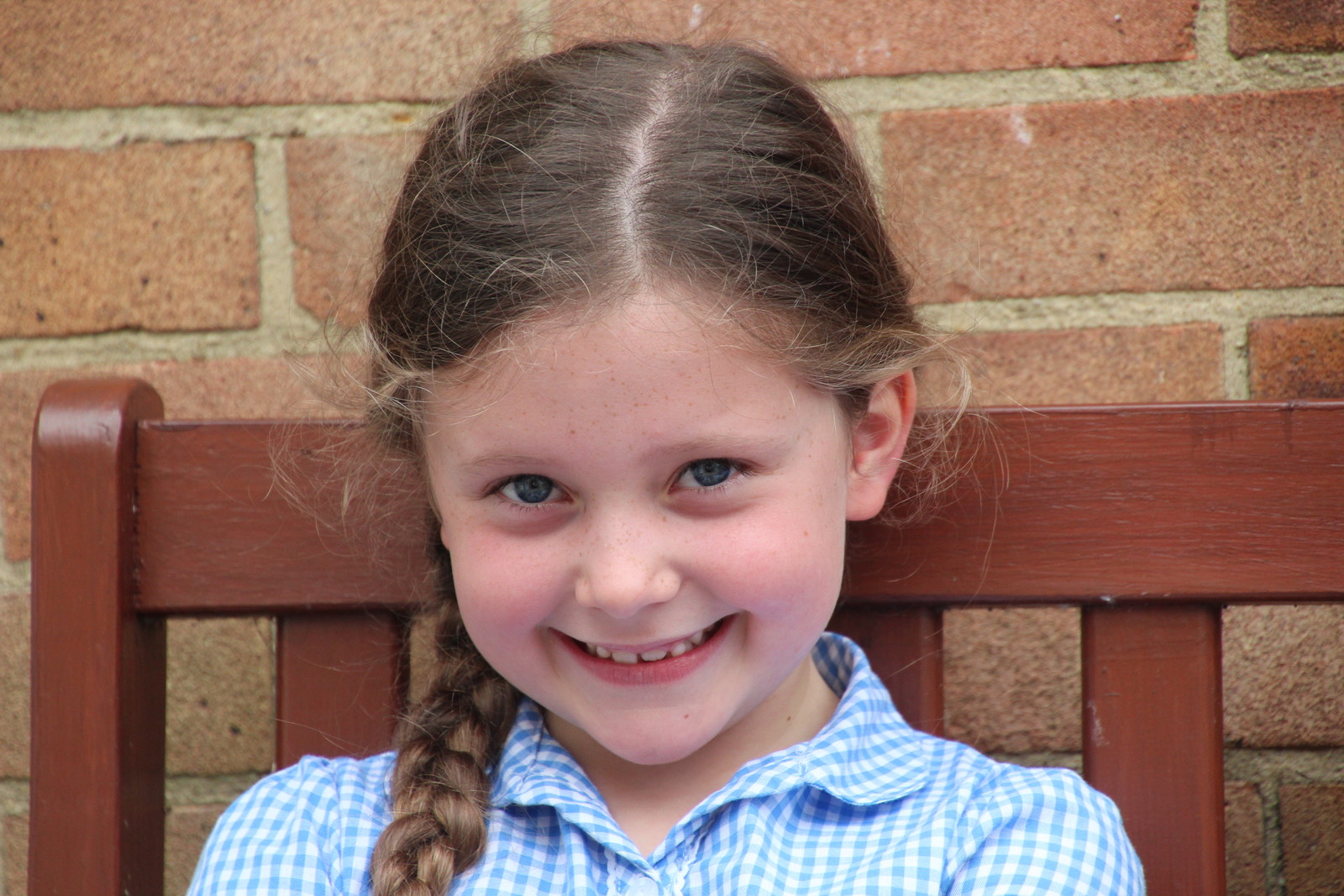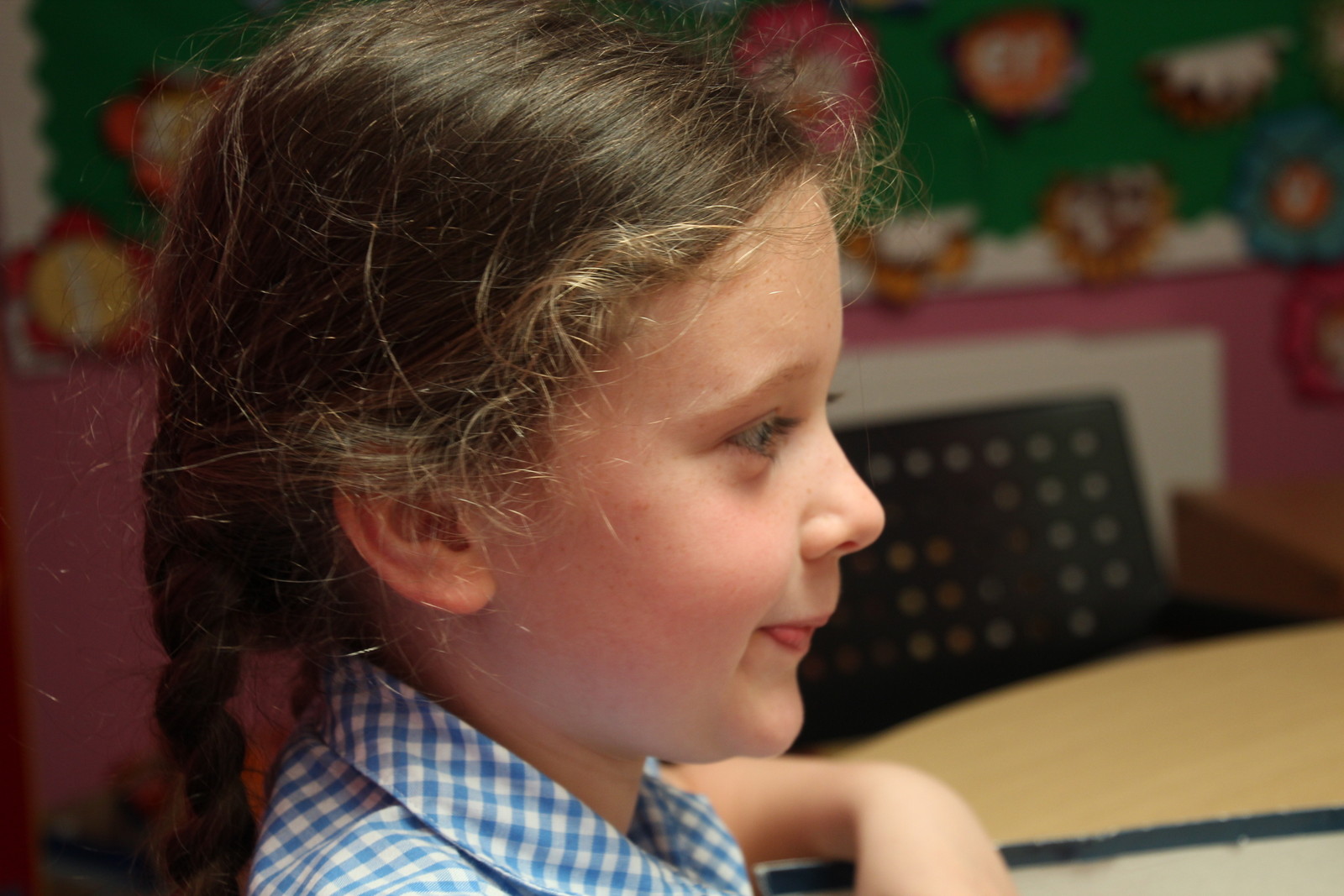See below for the PHONICS Parent Help Video to explain our Phonics approach and how best you can support your child.
Please click HERE for information on our Phonics Approach.
Phonics is taught throughout our Trust using 'Floppy's Phonics' which is a systematic synthetic phonics teaching resource. This is taught in carefully planned and structured phonic lessons that take place daily throughout EYFS and KS1.
Floppy's Phonics is made up of 6 stages. These are expected to be taught during the following years: Nursery - Level 1, Reception- Level 1+, 2, 3, and 4, Year 1- Level 4 and 5, Year 2- Level 5 revision.
Level One – Activities are divided into 7 aspects including environmental sounds, instrumental sounds, body sounds, rhythm and rhyme, alliteration, voice sounds and finally children are introduced to oral blending and segmenting.
Level One Plus – Children learn 24 new sounds. They begin to blend sounds to make words and segment words into separate sounds. These are made up of a selection of single letter sounds and digraphs (two letters that make one sound e.g. /ck/)
Level Two – Children learn 12 further sounds. These are made up of a selection of single letter sounds and digraphs (two letters that make one sound e.g. /ch/)
Level Three – Children learn 14 further sounds. These are made up of a selection of digraphs (two letters that make one sound e.g. /ai/) and trigraphs (three letters that make one sound e.g. /ear/).
Level Four – No new grapheme-phoneme correspondences (sounds) are taught in this phase. Children learn to blend and segment longer words with adjacent consonants, e.g. stop, spin, jump.
Level Five - Children learn more graphemes for the phonemes which they already know, plus different ways of pronouncing the graphemes they already know.
Level Five revision- Children continue to work on their spelling, including prefixes and suffixes, doubling and dropping letters
Throughout the levels the children are gradually taught ‘tricky’ or 'helpful' words, these are words that do not follow the phonic rules, e.g. was, people.
How can parents help at home?
Teach your child nursery rhymes.
Read to your child regularly, even once they become readers themselves.
Ensure that you hear your child read regularly, ideally every day. Encourage them to use their phonics to decode unknown words.
Encourage your child to sound out words as they write.
Phonics Vocabulary
Phoneme – The smallest unit of sound. There are approximately 44 phonemes in English (depending on regional accents). Phonemes can be put together to make words.
Grapheme – A way of writing down a phoneme. Graphemes can be made up of 1 letter c, 2 letters sh, 3 letters igh.
Digraph – A grapheme containing two letters that makes one sound (phoneme) eg, ay, ea, ch.
Trigraph - A grapheme containing three letters that makes one sound (phoneme) eg, igh, ear, air.
Blending (reading) – merging the phonemes to make a word.
Segmenting (writing) – Splitting the word into phonemes.
Tricky/Helpful words – Words that cannot be blended or segmented. They need to be learnt by sight.









